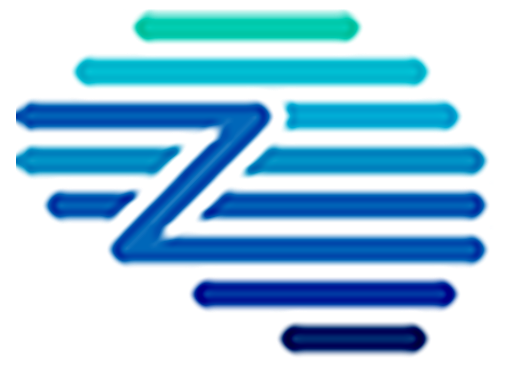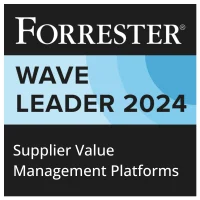An AP Invoice (Accounts Payable Invoice) is a document that records the amount a company owes to suppliers for goods or services received. It is part of the accounts payable process within a procurement and finance operation, where the buying company is obligated to pay the supplier according to the terms agreed upon. The AP invoice details the transaction, including the supplier’s information, purchase details, and payment terms, helping maintain accurate financial records and manage cash flow effectively.
Key Benefits
-Efficiency Gains: Achieve significant reductions in manual processing time and invoice processing errors. Automation streamlines operations, leading to time savings and reduced labor costs.
-Improved Compliance and Risk Management: Enhance compliance with organizational policies and reduce the risk of non-compliance. Automated checks and balances safeguard against potential penalties and align procurement activities with broader risk management strategies.
-Cost Savings through Error Reduction: Minimize duplicate payments and overpayments by ensuring accurate and consistent processing of invoices. This leads to cost savings by eliminating financial leakages.
-Enhanced Data Visibility: Improve spend visibility through integrated systems, enabling better negotiations with suppliers and informed decision-making regarding procurement strategies.
-Scalability and Reduced Overhead: Automation allows the system to handle an increased volume of invoices without adding additional headcount, thus scaling procurement capabilities efficiently while maintaining operational costs.
Related Terms
-Efficiency Gains: Achieve significant reductions in manual processing time and invoice processing errors. Automation streamlines operations, leading to time savings and reduced labor costs.
-Improved Compliance and Risk Management: Enhance compliance with organizational policies and reduce the risk of non-compliance. Automated checks and balances safeguard against potential penalties and align procurement activities with broader risk management strategies.
-Cost Savings through Error Reduction: Minimize duplicate payments and overpayments by ensuring accurate and consistent processing of invoices. This leads to cost savings by eliminating financial leakages.
-Enhanced Data Visibility: Improve spend visibility through integrated systems, enabling better negotiations with suppliers and informed decision-making regarding procurement strategies.
-Scalability and Reduced Overhead: Automation allows the system to handle an increased volume of invoices without adding additional headcount, thus scaling procurement capabilities efficiently while maintaining operational costs.
References
Here are 3 Zycus resources related to AP Invoice:
White Papers
Master the UK Procurement Act 2023: Ensure Compliance & Drive Procurement Excellence

Filter by
Compliant Invoicing
Compliant Invoicing refers to the process of generating, submitting, and managing invoices in adherence with legal, regulatory, and contractual requirements.
Continuity Plan
A Continuity Plan is an organized set of policies and procedures designed to ensure that a company’s essential operations can
Cost Modeling
Cost Modeling in procurement refers to the analysis and estimation of the total cost of ownership of a product or
Contract Audit
Contract Audit is a systematic evaluation of agreements and related documentation to ensure compliance with contractual terms, identify discrepancies, and
Procurement Cycle
The Procurement Cycle refers to the end-to-end process through which an organization identifies its needs, sources suppliers, negotiates contracts, places
Procurement Master Data Management
Procurement Master Data Management is the disciplined approach to managing core, consistent procurement information, including supplier, product, and contract data,






















































